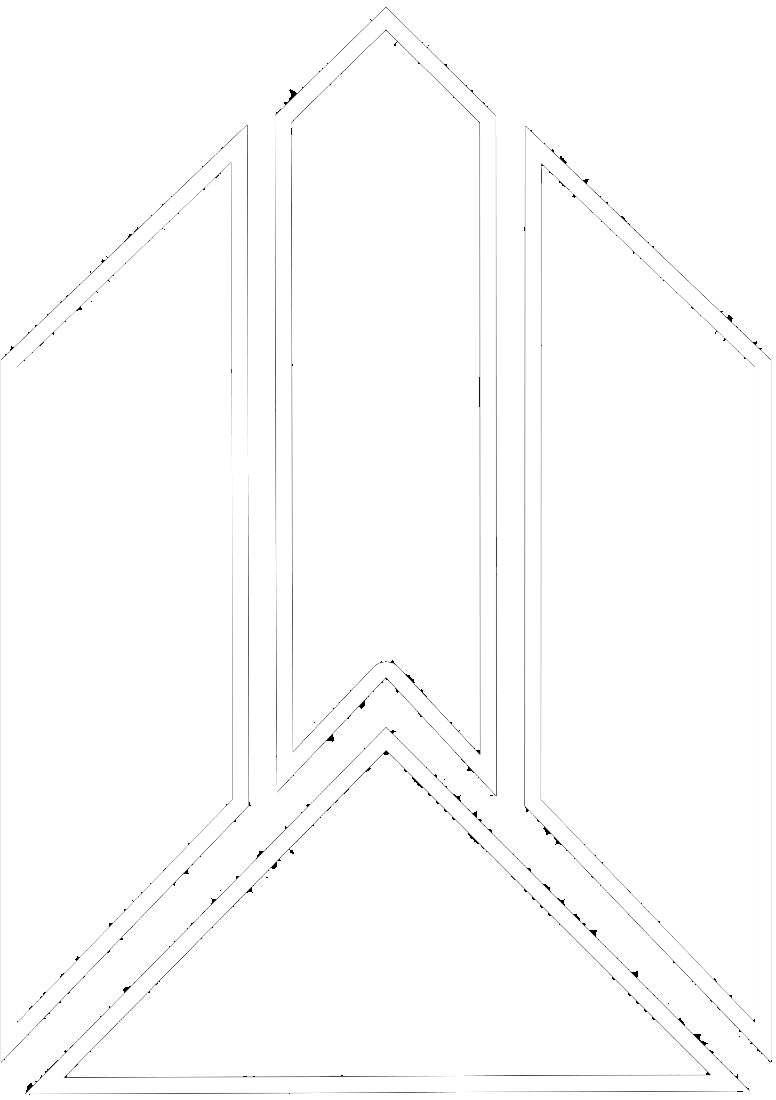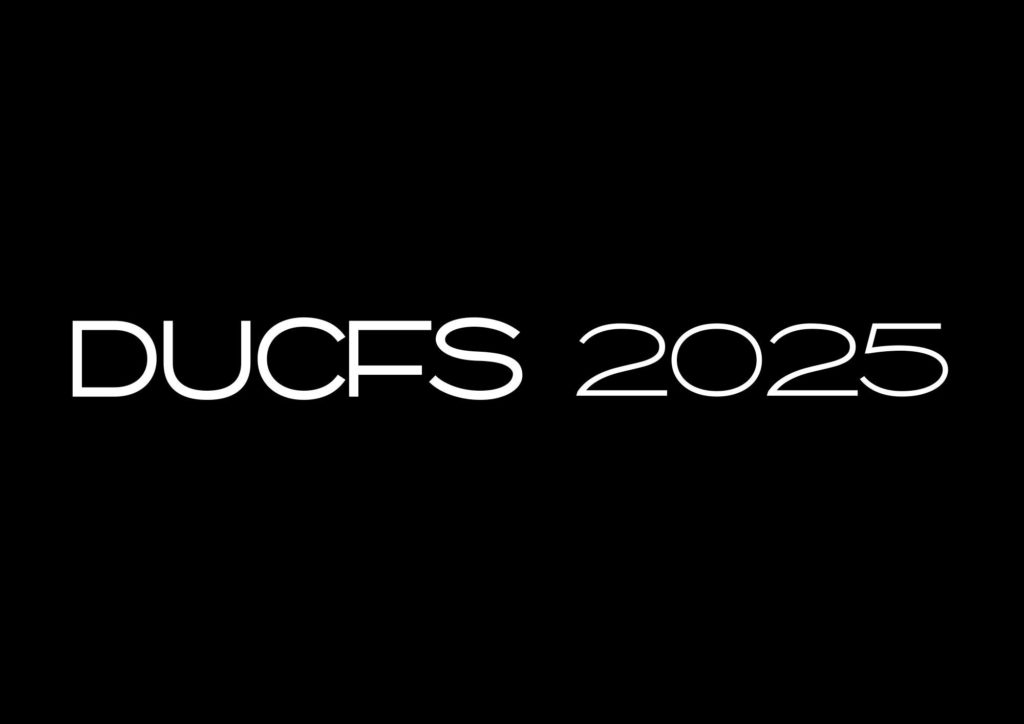Women throughout time have never been allowed to just exist. From a very young age, we are subjected to questioning of whether our bodies align with what is currently desirable, or whether we look like the women we see in the magazines we read and the media we consume. I’ve noticed that much like the clothes we wear, our bodies have become part of a trend cycle, there being near seasonal shifts in the body types that are ‘in’ versus those that are ‘out’. In commodifying our bodies, it is unsurprising that some women spend the majority of their lives feeling disheartened that they don’t look a certain way.
The way that social media is used today has made the female body a disturbingly shared experience. Recently, there has been speculation over Kim Kardashian removing her surgical implants alongside her sister Khloe, trading in their notoriously curvy forms for a slimmer build. In response, users have claimed that beauty standards have shifted from a desire to be curvy, to now a desire to be slim. Girls can easily fall into the trap of wanting to replicate the celebrities they follow, whether that be the clothes they wear, their lifestyles, and now even their figures. While you and I may have little in common with the famed billionaires, the family are a good example of how celebrities have become the decided blueprint for female normativity. I’d be wrong, however, to suggest that this obsession with celebrity appearances against our own is a new phenomenon. To name one, in the 90s, girls perhaps looked to Kate Moss and the fad of the ‘cocaine body’ as the ideal way to look. I find myself asking why this might be, and how we have allowed our body image to be determined by women that we, in truth, share no personal relationship with.
The irony is, even the celebrities that we hold on a pedestal as dictators of the next trend or way that we ought to look, are still bound by the same rigidity that ‘normal’ women are. Whether you believe that pressure on body image points to patriarchal society, or whether you blame health fads in the media, women’s sense of self-worth is consistently pitted against their appearance. I am always disturbed by sources that claim a celebrity has ‘lost their way’ or ‘gone off the rails’ due to simply having gained or lost weight. Very normal fluctuations from what I will refer to as a ‘body trend’, are seen as evidence of some greater mishap on their part.
Lockdown perhaps slowed, or even undid, women’s journeys of self-love. In a period where everyone had nothing to do but watch how others were bettering themselves, it is understandable that many were swept up in the health-crazed lifestyles pushed upon them. I’d argue that the term ‘influencer’ was made all too literal at this time, as the content creators we watched had an overt impact on how we might have spent those months at home. Chloe Ting, who I’m sure many of you may be familiar with, has now been criticised for falsely advertising how girls could quickly obtain their ‘summer bodies’ through daily 10-minute exercises. Various fitness experts have countered the myth that spot training particular areas (such as your waist/abs) is even possible. This opens up an important conversation about how young people learn and divulge information, given anyone can now take to social media and claim to be knowledgeable in a given area.
Body trends for the twenty-first century woman are imposed on us from various angles. With there now being so many digital platforms, we in some cases have access to what others eat, how they exercise, and the procedures they have done. ‘What I eat in a day’ videos that may at first appear educational, at their core probably provide us with information we need not know. This hyper-visibility is exactly what draws women in to compare themselves to the images they are daily exposed to, either consciously or unconsciously. What’s more, is the way that industries such as retail and marketing, actively benefit from keeping us in this state of insecurity. If they can convince women that their natural bodies are in some way flawed, they can then sell us the solution necessary to ‘fix ourselves’. In doing so, they almost guarantee the stability of their business, and herein lies the issue.
The Fashion and Beauty industry specifically, has had a consistently bad rep for their endorsement of negative body image. Without better representation of varied body shapes and sizes in our everyday viewing, brands will consistently fail to achieve democratised access. I feel more reassured by brands that have made efforts to ensure their sales do not rely upon this state of insecurity. To give an example, within Dove’s ‘Real Beauty’ campaign, they pledge to take “concrete action towards beauty inclusiveness for all women and self-esteem for girls”. This initiative is supported by their promise that they do not digitally enhance their images, and rather present women of various ethnicities and sizes as they truly are. This push for the natural woman has been followed by others such as ASOS, who now also avoid airbrushing and the digital alteration of their models. While there is still much to be done, enterprises such as these at least remove one contributor to the damaging belief that women must look a certain way to be considered attractive.
Looking forward, I’d hope that the idea of our bodies needing to subscribe to these trend cycles might subside, or at the very least more of us could acknowledge that they exist and are harmful. I have often found that the easiest way to do this in the short term, is to remind oneself of what truly determines physical value. Stripping back our bodies to their ability to move liberally, or perform tasks, rather than just to look good and photograph well. While we may grudgingly accept that the clothes we wear are either ‘in trend’ or not, our bodies shouldn’t have to be.
Ailis Osobase

